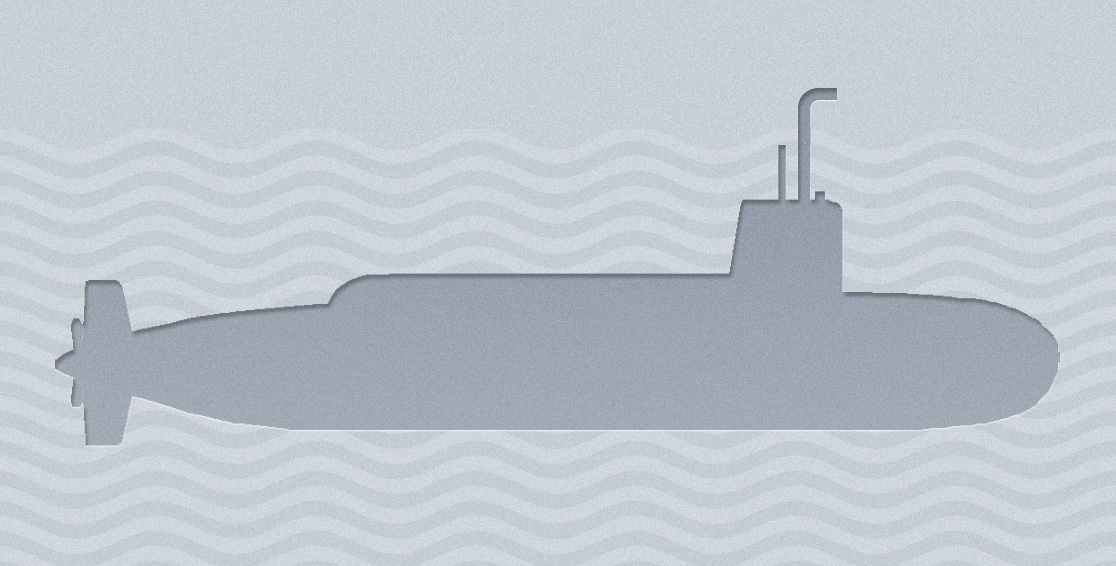The programme to construct four new submarines to carry the UK's Trident nuclear weapons is “in doubt” and faces “major risks”, according to a new government report.
Newly published data from the Infrastructure and Projects Authority (IPA) paints a bleak picture for government's aspirations to replace the Trident submarines by the mid 2030s, with “issues apparent in a number of key areas” among major projects which are crucial for delivery of the Trident programme.
According to the IPA's annual report for 2015-16, published just days before Parliament voted to support continuation of the Trident replacement programme, two key projects – the 'Successor' submarine construction project and the 'Core Production Capability' project to design and build new reactor cores for the submarines – are both facing significant risks. The related Astute class submarine programme, which has struggled with delays and cost over-runs since construction commenced in 1997, continues to face challenges. Information on progress with a fourth project – the Nuclear Warhead Capability Sustainment Programme, which is intended to rebuild the Atomic Weapons Establishment (AWE) and refurbish Trident warheads – has been withheld from publication, but the programme has long been known to be in difficulty.
The IPA, an agency of the Cabinet Office and HM Treasury, was set up in January 2016 to oversee progress on major government-funded projects. Its annual report rates progress on delivering 143 government projects into five colour coded categories ranging from green to red. One of the Trident replacement projects, the Successor submarine project, was given the IPA's second worst rating, amber-red, alongside the Astute construction programme, indicating that successful delivery of the programme “is in doubt”, with “major risks or issues apparent in a number of key areas”. “Urgent action” is needed to address the problems. Both the Successor and Astute projects have been rated as amber-red for the past two years, demonstrating no improvement in performance and a deterioration since 2013.
The report says that an “incremental approval approach” will be taken to the £31 billion programme to design and build four Successor submarines “in order to maintain better control of cost”. The 2015 Strategic Defence and Security Review announced the government's intention “to improve delivery performance and confidence” in the project, but the IPA report gives no details as to how this will be achieved, and no delivery date for the project is given.
The Core Production Capability project, which aims to regenerate facilities at the Rolls-Royce site at Raynesway in Derby where reactor cores are built for the Royal Navy's nuclear-powered submarines and develop and manufacture cores for Astute and Successor submarines, has been given an amber rating by the IPA. Development of the new PWR3 reactor design that will be used to power Successor submarines appears to be facing considerable uncertainty as a result of the discovery in 2012 of radioactivity in the coolant of a test reactor at the Naval Reactor Test Establishment at Dounreay in Scotland. The Dounreay discovery has necessitated an unscheduled £200 million refit for Trident submarine HMS Vanguard, and the Core Production Capability project “remains sensitive” to the results of inspections to the Dounreay prototype.
Cost increases to reactor core production at Raynesway have occurred as the result of “enhancements that ensure product quality is maximised”,and the report states that “significant risks” remain for core production and the procurement of equipment for the new facilities at the site.
Information on the Nuclear Warhead Capability Sustainment Programme has been largely withheld from the IPA report, although an underspend of just under 7% was predicted for the programme over the 2015-16 financial year, consistent with programme delays. The Office for Nuclear Regulation, the government watchdog responsible for overseeing nuclear safety, reported concerns over delays to delivery of new facilities at the AWE in its annual report for 2015-16 and the consequent need to rely on ageing production facilities to continue with warhead related work.
Following concerns over performance of the £1 billion per year programme, the NWCSP was subject to a major review by the Ministry of Defence (MoD) in late 2015 / early 2016, culminating in an announcement that MoD had reviewed the terms of its contract with AWE Management Ltd, the commercial consortium responsible for managing and operating the AWE sites. At the same time, at MoD's insistence, the AWEML consortium was restructured and new senior management appointments were made at AWE.
The Astute submarine programme is given an amber-red status by the IPA, with the prospect of “some programme cost growth” over the next 18 months. The report warns that the availability of resources, “particularly in areas of highly skilled manufacturing staff”, remains “challenging” – a worrying portent for construction of Successor submarines, which will require the same calibre of skilled personnel.
In order to tackle the challenge of managing the Successor submarine programme, MoD is reported to have approached former civil servant Sir Peter Gershon, who also chairs the boards of the National Grid and Tate and Lyle companies, to run the programme. The 2015 Strategic Defence and Security Review pledged to introduce a number of measures to improve management of the programme, including setting up a new team in the MoD headed by an experienced, commercial specialist to act as the single sponsor for all aspects of the MoD's nuclear enterprise, establishing a new delivery body for the procurement and support of nuclear submarines, and putting in place new industrial and commercial arrangements between government and industry.
Details remain sketchy about the shape of the proposed new delivery body, but MoD sources say it is likely to either be a new agency, or a collaborative partnership between all the contractors and government, with independent oversight included.
It is understood that Sir Peter has received informal approaches to see if he would consider managing the programme, but has been non-committal and is likely only to come to a decision once the final contract structure has been determined.
